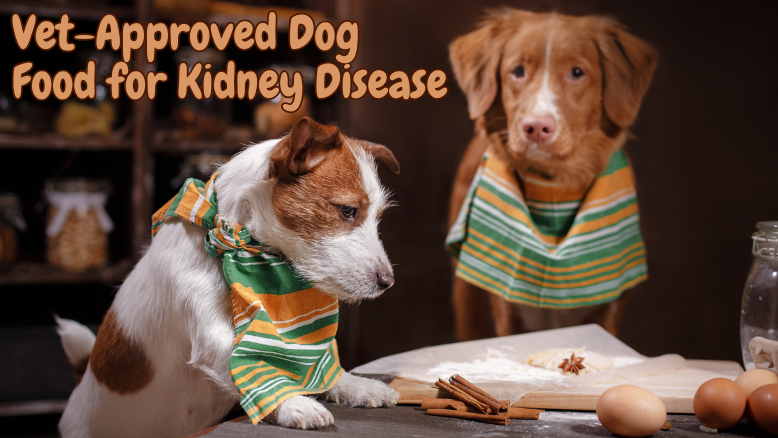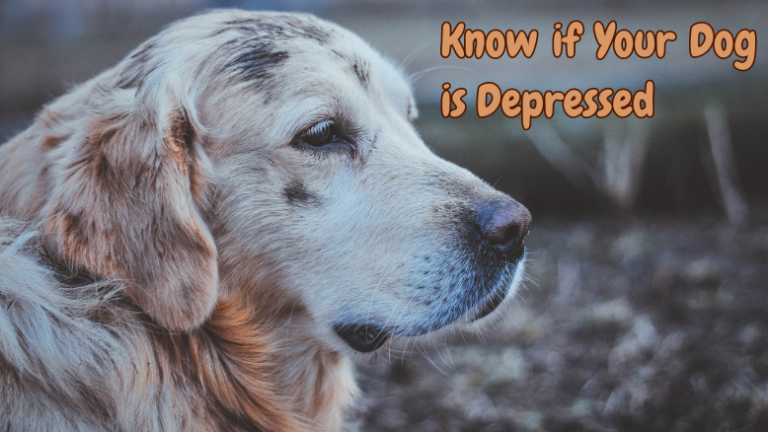
A dog with kidney disease needs an appropriate diet. Kidneys filter out many waste products and maintain electrolyte balance. When these organs fail, change the dog’s diet so as not to burden it further.
Vet-approved dog food is prepared specifically for dogs with renal damage. It contains thoughtfully balanced ingredients designed to slow the progression of the disease and improve dogs’ quality of life.
Vets use comprehensive research and nutritional know-how in choosing elements that will support the health of a dog’s kidneys for a tailored approach to dietary management.
Key Ingredients in Homemade Dog Food for Kidney Health
Creating homemade meals for a dog with kidney disease requires special attention to ingredients. Key ingredients are Low-phosphorus vegetables. Green beans and sweet potatoes are the best examples of such vegetables, which are gentle on the kidneys.
Omega-3s in fish oil are healthy fats that are perfect for anti-inflammatory actions and overall health. Carbohydrates should be well-digested, including white rice or boiled pasta, which provides energy without needing excessive amounts of fluid to process for the kidney.
Calcification supports bone formation and acts as a phosphorus binder. Hydration in the form of low-sodium chicken broth or water-soaked food should be included so that kidney function is optimized at all times.
Low-Protein Dog Food Recipes for Kidney Disease
A diet with limited protein intake does not deprive the essential amino acids for dogs suffering from kidney disease. A simple recipe includes a boiled sweet potato, low-sodium chicken broth, and a small amount of cooked white meat chicken.
Another low-protein mixture comes in the form of cooking rice, carrots, and zucchini in olive oil. These are light digestible recipes meant for use in ensuring optimal energy levels without putting overwork on the kidneys.
Work with your vet so they can ensure these recipes create balanced nutrition that should accompany your dog’s condition.
Some kidney-friendly vegetables for use when preparing dog food.
Several vegetables are better for the dog with kidney problems. Green beans are high in fiber and low in phosphorus, so they’re gentle on the kidneys.
Sweet potatoes provide important vitamins and are digested easily. Carrots contain beta-carotene and the natural sweetness that dogs like. Pumpkin is another great one as it regulates digestion and provides hydration. Try to avoid vegetables with very high oxalate levels, such as spinach and beets, as they may lead to kidney stones.
A vet will pass each of these vegetables to guarantee that they all satisfy your pet’s special needs.
Recipes for Dogs With Kidney Disease
Sweet Potato and Chicken Soup: Peel and chop one large sweet potato. Boil till tender, then mash. Add shredded, cooked white chicken meat and a small amount of unsalted chicken broth. Stir gently, then feed it to your dog warm.
Rice and Veggie Delight: Cook one cup of white rice. Sauté diced zucchini and carrots in olive oil until tender. Mix with the rice and let cool before feeding.
Oatmeal and Apple Mix: Cook plain oatmeal and mix in finely chopped, peeled apples. Some coconut oil adds healthy fats to this meal. This is a very low-protein meal but will still satisfy your dog and is nutritious.
How to Balance Phosphorus Levels in Homemade Dog Food
There is a good concern in managing phosphorus for renal patients, as high intakes of phosphorus speed up the damage to kidneys; therefore, low-phosphorus contents should be employed.
White rice will replace brown rice since the latter has more phosphorus levels. Calcium-rich contents like eggshell powder or calcium carbonate will be incorporated to bind excess phosphorus. Phosphorus-free oils such as olive and coconut oil shall be used as sources of fats.
Additional phosphorus binders may be required in the diet if phosphorus levels are too high, to keep those levels in check. This will be determined by discussing your needs with your veterinarian.
Safe Sources of Protein for Dogs with Kidney Disease
Proteins must be selected with caution so that the kidneys are not overtaxed. Egg whites are a good source of high-quality protein and are low in phosphorus.
Other low-fat sources of protein include skinless chicken breast or turkey, which is suitable in small quantities and always cooked for safety and digestibility. Fish, including tilapia or cod, can also provide the required amino acids and are exceedingly kind to the kidneys.
Fat-rich meats and meat organs should be avoided at all cost-they contain far too much phosphorus and unhealthy fats which aggravate the problem in the kidneys.
Benefits of a Homemade Diet for Dogs with Kidney Disease
A homemade diet allows you to control the ingredients used and ensures that every meal is to meet the special health needs of a dog. It can be adjusted to eliminate offending factors but to include health-enhancing elements, such as for instance omega-3 fatty acids which have anti-inflammatory effects.
Fresh food is also more appealing, so convincing even the worst appetite-eaters to eat more. Owners can rehydrate and monitor nutrient ingestion and adjust individual rations with the veterinarian’s help.
A carefully formulated homemade diet allows for energy supplementation, enhances digestion, and thus provides a better quality of life in the context of the clinical cases of dogs with kidney disease.
What to Avoid in Dog Food Recipes for Kidney Function
Avoid using red meat, dairy products, and organ meats, as these carry high protein and phosphorus levels that will harm your dogs’ kidneys. Avoid added salt since it increases blood pressure and worsens kidney damage.
Do not use foods that contain high oxalate levels, like spinach and beet greens. Commercially manufactured treats and dog foods with artificial additives or preservatives must be avoided.
Some ingredients are toxic, such as garlic, onion, and chocolate. New ingredients must also always be read from the label and checked with your vet.
Vet Tips to Cook Meals for a Dog with Kidney Disease at Home
Visit Your Vet Often:This will help ensure that the condition of the kidneys is monitored and diet is adjusted accordingly.
Hydration: Use moisture-rich ingredients, in addition to fresh water always available to the dog.
Measured Portions: It uses a kitchen scale, where the ingredients measure correctly, assuring one has the right balance of nutrients.
Follow Safe Recipes: Only give vet-approved recipes, and never substitute safe-looking but toxic ingredients in recipes.
Monitor Changes: Monitor your dog’s energy level, appetite, and any general change, which should be communicated to your veterinarian.
These practices will ensure that your dog gets the best nutrition tailored for the kidney, supporting longevity and overall health.






